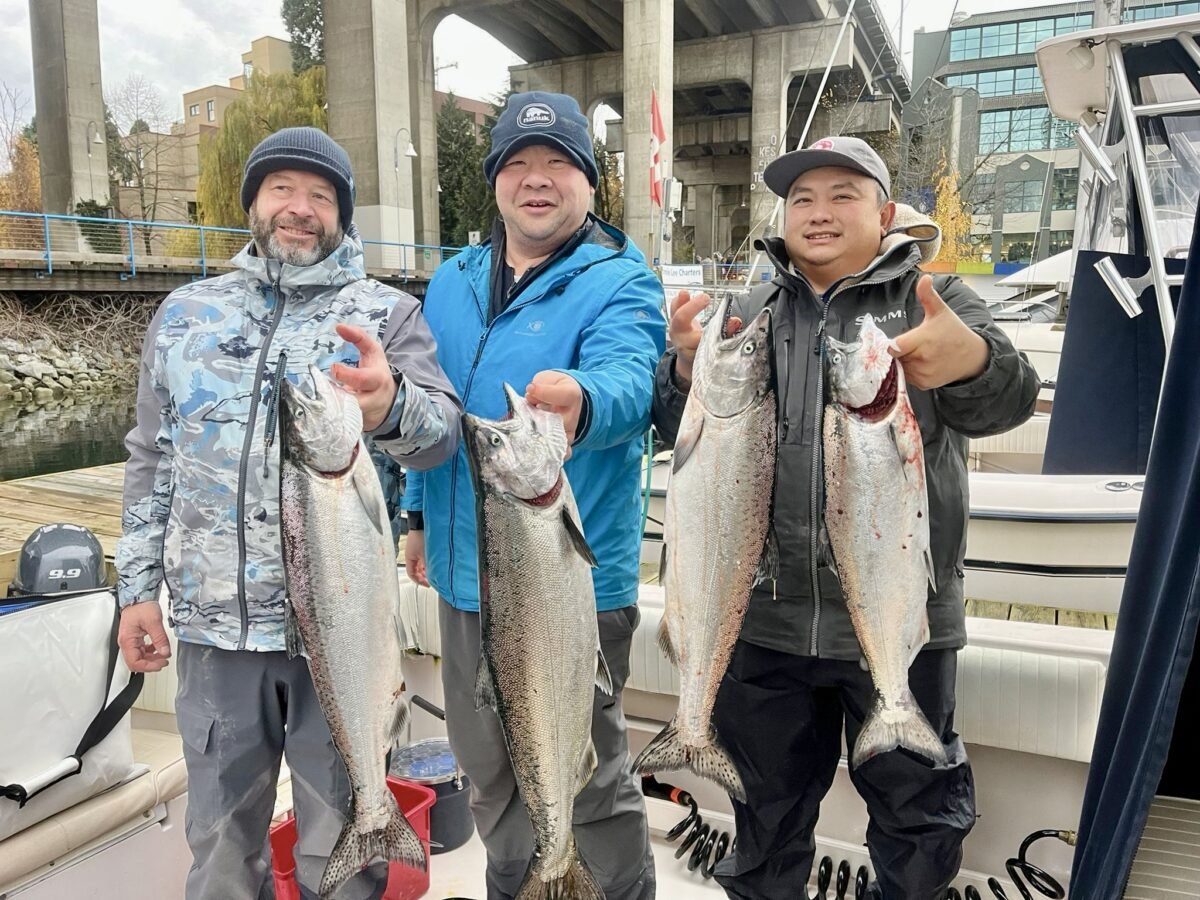Understanding how to read river currents is a vital skill for successful salmon fly fishing. By learning to interpret the movement and flow of water, you can better position yourself, choose the right fly, and present it effectively to salmon. Here are some tips to help you read river currents and improve your salmon fly fishing experience.

How to Read River Currents for Salmon Fly Fishing
Observe the Surface
Start by observing the surface of the river. Look for changes in the water’s movement, which can indicate different types of currents. Smooth, glassy water usually means slower currents, while ripples and waves indicate faster-moving water. Notice any eddies or swirls, as these can be prime spots for salmon to rest and feed.
Identify the Main Current
The main current, also known as the main flow, is the part of the river where the water moves the fastest. Salmon often swim in the main current when traveling upstream. Look for the main current by identifying the fastest-moving water, usually marked by a distinct line or seam where the water speed changes. Fishing near the edges of the main current can be productive, as salmon tend to rest in these areas before continuing their journey.
Look for Seam Lines
Seam lines are areas where two different currents meet, creating a distinct line in the water. These can be formed by the confluence of faster and slower currents or by the intersection of the main current and an eddy. Seam lines are important because they often hold salmon, providing a resting spot where they can conserve energy while still having access to food carried by the current.
Identify Eddies and Pools
Eddies are circular currents that form behind obstacles like rocks or logs. These areas of slower-moving water can create pools where salmon rest and feed. Pools are deeper sections of the river with slower currents, often found at the bottom of riffles or runs. Both eddies and pools are excellent places to target salmon, as they provide shelter from the faster-moving water and an abundant supply of food.
Read the Water Depth
The depth of the water can influence where salmon hold and how you should fish for them. Deeper water generally means slower currents, which can provide ideal resting spots for salmon. Use polarized sunglasses to help you see through the water and identify deeper areas, as well as underwater structures that can create eddies and pools.
Understand the Impact of River Structure
River structures such as rocks, logs, and bends in the river create variations in current speed and direction. These structures can create pockets of slower water where salmon can rest. Look for areas where the current flows around obstacles, creating eddies and seams that provide prime holding spots for salmon.
Consider Water Temperature
Water temperature can affect salmon behavior and their preferred resting spots. Salmon are more active in cooler water, typically between 50-60°F (10-15°C). In warmer water, they may seek out deeper, cooler pools or shaded areas. Understanding how temperature influences salmon behavior can help you locate them more effectively.
Adjust Your Fly Presentation
Reading river currents allows you to adjust your fly presentation to match the water conditions. In faster currents, you may need to use weighted flies or sink-tip lines to get your fly down to the salmon’s level. In slower water, a more delicate presentation with lighter flies may be required. Pay attention to how your fly moves in the current and adjust your casting and retrieval techniques accordingly.
Practice and Patience
Reading river currents and understanding how they affect salmon behavior takes practice and patience. Spend time observing the water, experimenting with different presentations, and learning from your experiences. The more time you spend on the river, the better you will become at reading currents and locating salmon.
Conclusion
Reading river currents is an essential skill for successful salmon fly fishing. By observing the surface, identifying the main current, seam lines, eddies, and pools, and understanding the impact of river structure and water temperature, you can improve your ability to locate and catch salmon. With practice and patience, you’ll develop a keen eye for reading river currents, making your salmon fly fishing experience more productive and enjoyable.



